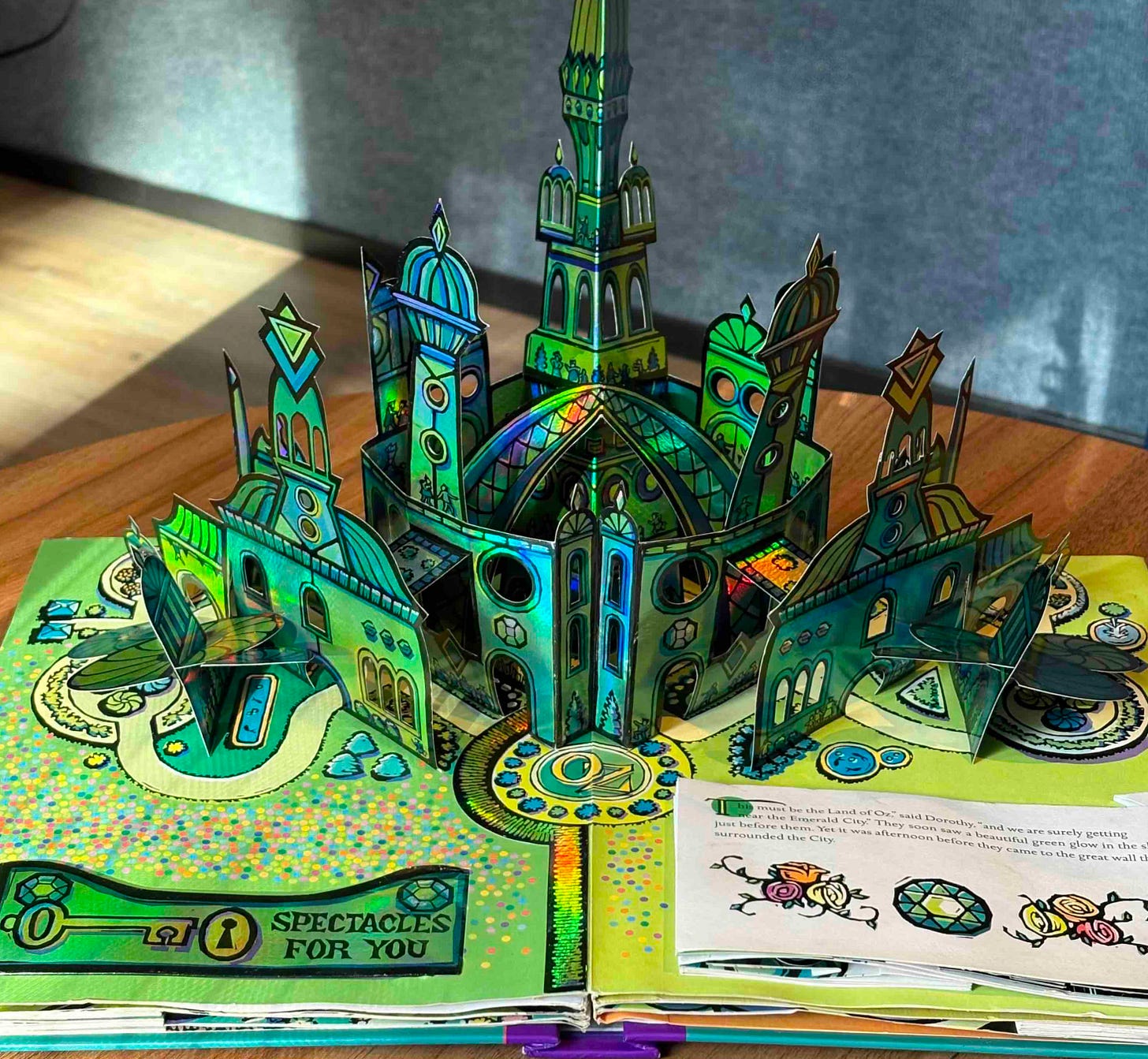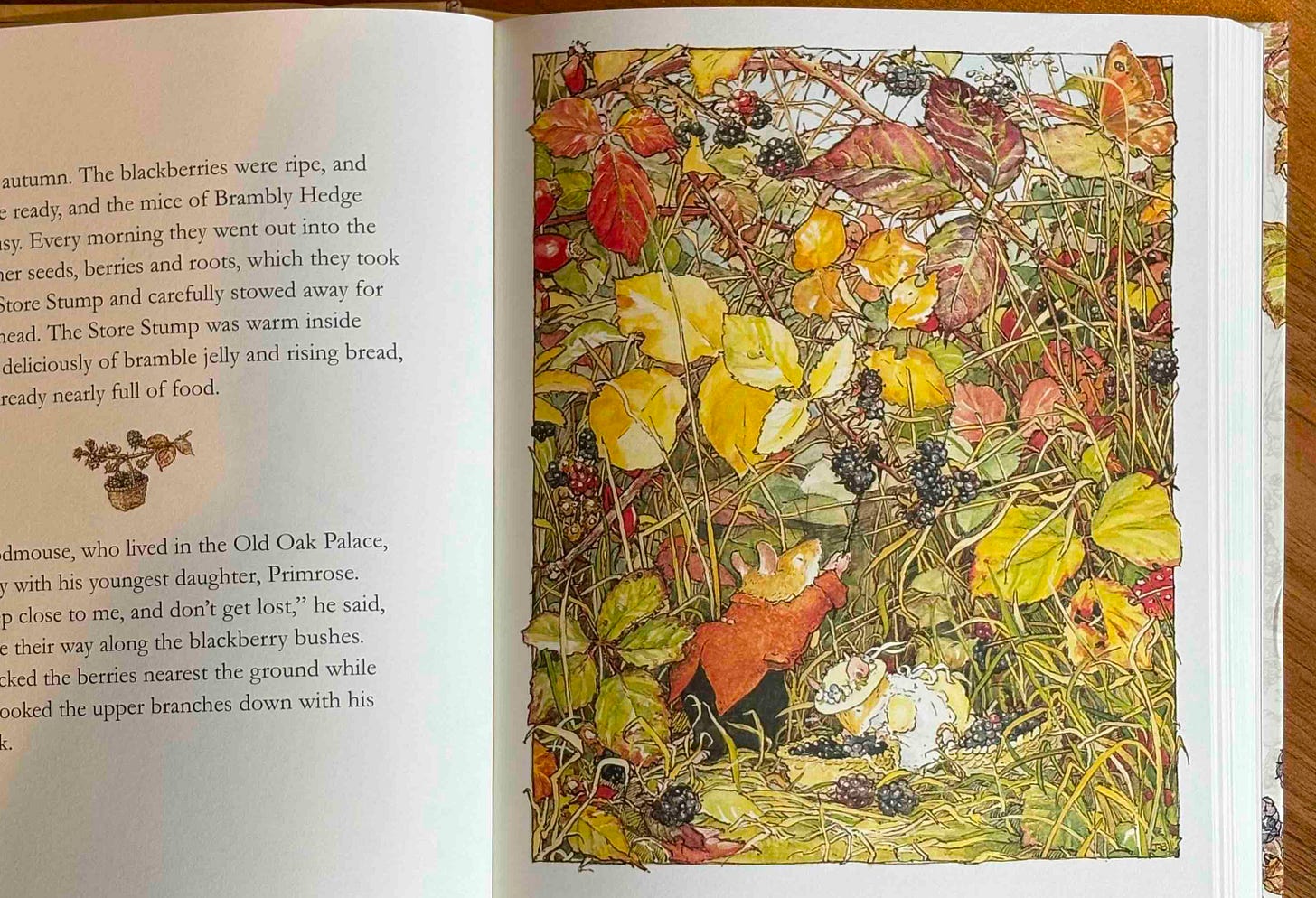Books to Stoke the Soul of a Young Child
The dead genre of "read-aloud" literature
A lot of people have told me they read aloud to their children every night, but I’m beginning to have my doubts.
Every night? Frankly, after reading aloud every night for just a couple of years now, I’m running out of books. Or at least, I’m running out of good books, which is much the same in the end. There is a feeling of active effort. I am not surrounded by bounty; I am in a hard hunt.
Also, the math is suspicious. As everywhere else, accumulation does its work. Let’s say a parent reads just a single chapter a night. That’s 365 chapters a year. Which ends up being about a shelf and a half of books, as in several dozen of them, give or take (and a couple hundred dollars spent, at least). And, since it’s quite doable in 20-30 minutes, and indeed, it may even be demanded, screamed for—what if you ended up reading two chapters a night?
Oh, I’m sure plenty of parents do actually read aloud every single night, I just haven’t heard any complaints about finding enough good content, and that’s been my own chief complaint. Every day I take the kids from 5 p.m. on, handling their bath and nightly routines and eventually putting them to bed. I used to read mostly just to the 4-year-old, but the 2-year-old has joined us of late, and is quiet but absorbent. Some of the books go over her head, of course, but she’s got her nice cold “night milk” (regular milk mixed with chocolate milk—go ahead, take me to parent jail) and gets to hang out with her older brother and me, which she values a great deal; when bored, she simply tools around. And when not, we all still fit in The Big Chair.
And in The Big Chair we read mostly old books together. Things good for the soul. They are old simply because this genre—a longer chapter book, with beautiful illustrations, designed to be read aloud and enjoyed across a wide range of ages—is basically extinct. Modern analogs to Alice’s Adventures in Wonderland or The Wind in the Willows or The Wonderful Wizard of Oz just don’t seem to get published anymore. It’s like an entire genre (now sometimes called “read-aloud books” or, tellingly, “classic children’s literature”), a genre that once ruled parts of publishing, a genre that is still beloved today, and the only genre that fills a very specific role, just… ceased to be added to.

So here are some of my favorite classics in the dead genre of “read-aloud” books. I’ll eschew the more obvious choices. These are more philosophical, more meditative, and the language just drips off the page in all of them.
Brambly Hedge
Ah, little mice, to and fro, in their world along the hedgerow. The Brambly Hedge series, written in the 1980s by Jill Barklem, is a feast of microscopically detailed illustrations.
Brambly Hedge is comfort literature. It is so quiet and calming because it is ultimately about little mice lives. It is literature focused on the domestic, on the everyday. And how much does modern media hate that term? Domestic! It’s often said with a sneer. And yet, the stuff of life is domestic. That is where most life happens, especially for a child. It happens in the home, or in the community. It happens in kitchens and in houses and out at birthday parties or at picnics or sightseeing walks.
In comparison, so many children’s books are about adventures and travel and things that are quite the opposite of everyday life. And so the implicit message is that everyday life is not the stuff of art. We writers are lazy creatures, and it’s a lot easier—artistically I mean—to critique everyday life, than find inside it beauty. In this case I think it probably helps that their civilization of Brambly Hedge is some kind of utopia; it is not capitalism, nor communism, but some secret third thing, known only to mice.

Private property exists, jobs exist—some quite complex, and there are feats of mouse engineering—and yet everyone chips in with communal tasks without complaint. There’s a great attention to the changing of the seasons, and to baking and cooking and food (I personally would go for a cup of their signature acorn coffee). The mice of Brambly Hedge are all happily fat, and their bodies match their minds, so they comfortably inhabit their roles as mothers and fathers and grandparents and children.
Ultimately, Brambly Hedge is first on my list because it works so well at what it does, and what it does is paint in miniature. Quite literally—this is all about mice. But also figuratively. A little boy has a birthday party. There is a wedding. A couple has a baby. A girl is lost in the woods, but found safe. There is a feast. A dance. Everyone goes to bed.
And that is life. Especially for a child, that is life.


